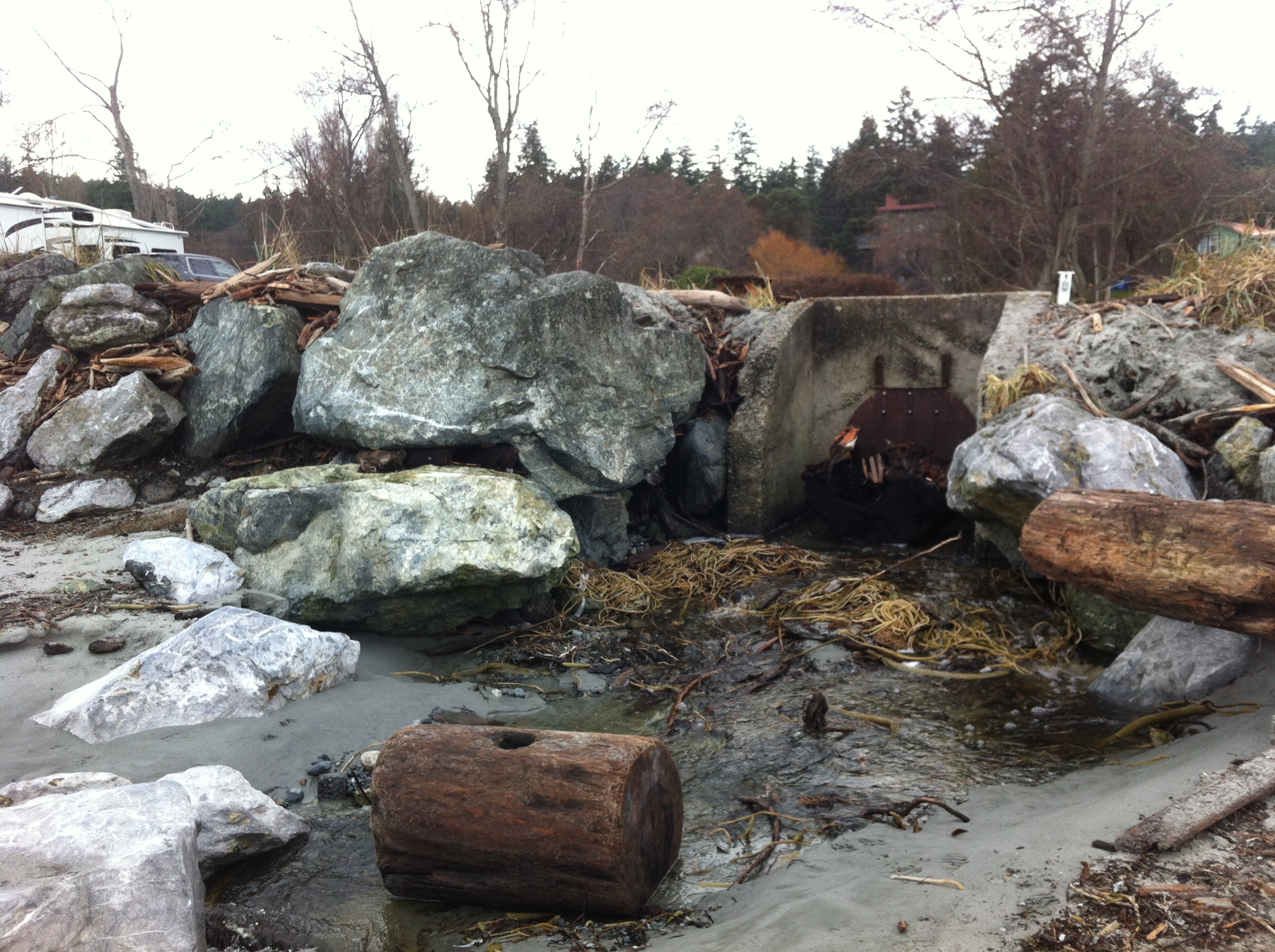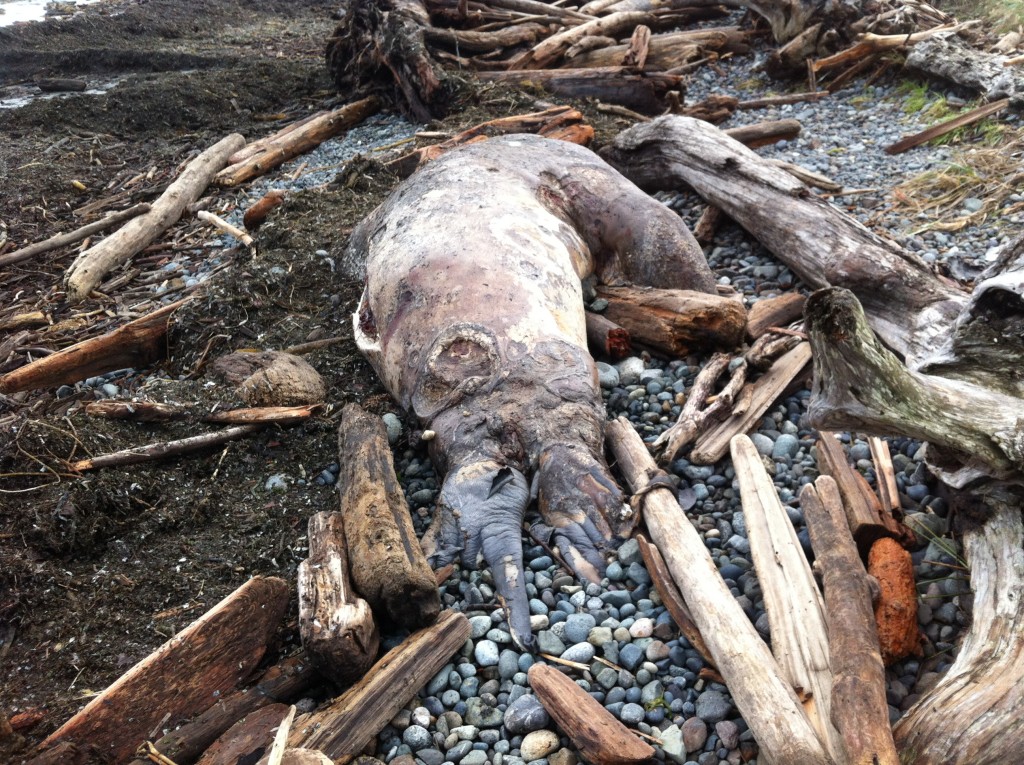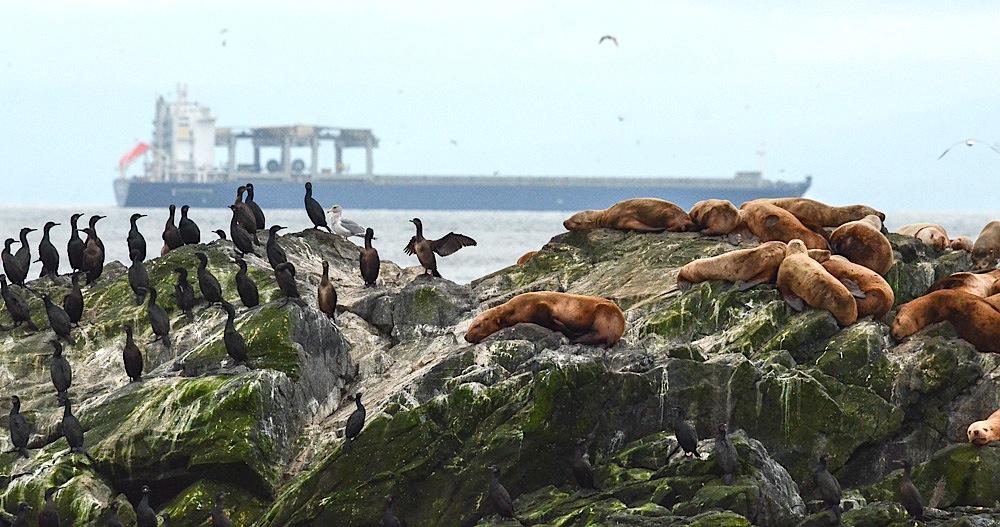We often hear that we need to extract oil and ship it overseas in order to support “Canadian jobs and the Economy” I thought I would provide in this post a few links here to some references worth noting on the subsidization of the fossil fuel industry in Canada . GF
 “The oil industry provides economic benefits in the short and medium term, but more permanent external benefits are less certain and are countered by the sector’s environmental impacts. This paper provides an analysis of federal financial support for the oil sector as well as recommendations on policy options. It recognizes progress made by Canada in phasing out certain subsidies, while noting that remaining federal direct and indirect support measures are largely inefficient and unnecessary.”
“The oil industry provides economic benefits in the short and medium term, but more permanent external benefits are less certain and are countered by the sector’s environmental impacts. This paper provides an analysis of federal financial support for the oil sector as well as recommendations on policy options. It recognizes progress made by Canada in phasing out certain subsidies, while noting that remaining federal direct and indirect support measures are largely inefficient and unnecessary.”
2. Fossil Fuels – At What Cost? Government Support for Upstream Oil Activities in Three Canadian Provinces: Alberta, Saskatchewan and Newfoundland & Labrador
Abstract: Continue reading

















